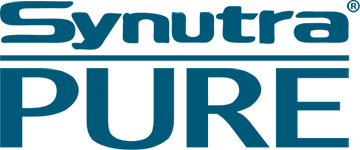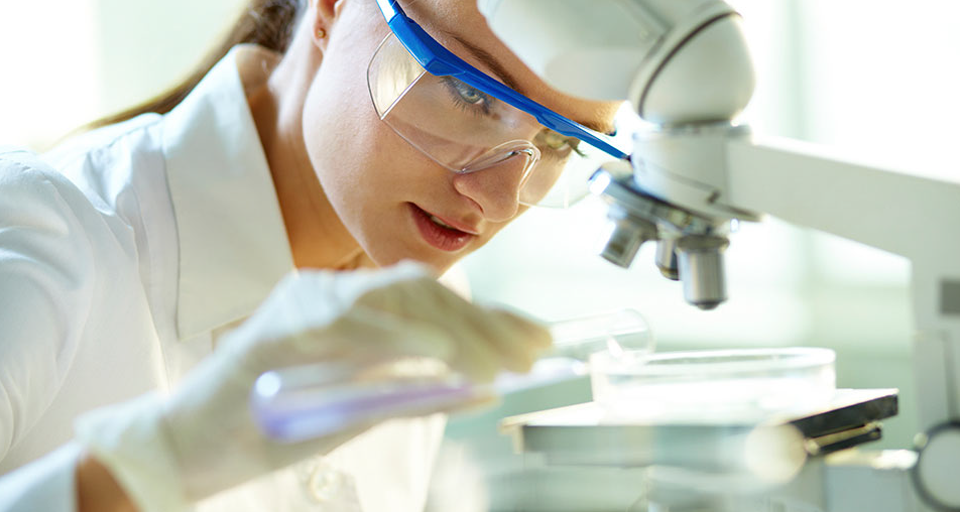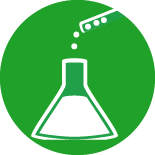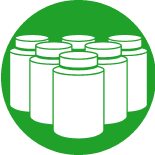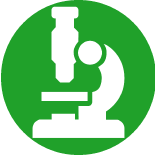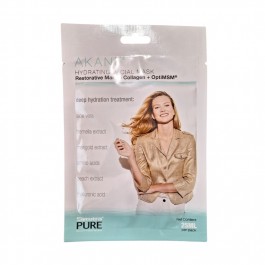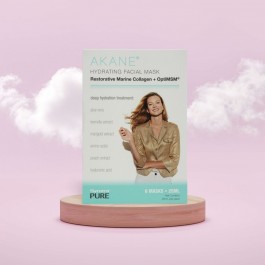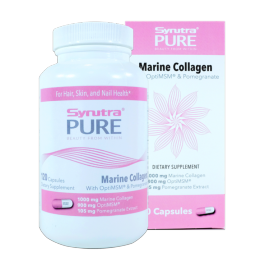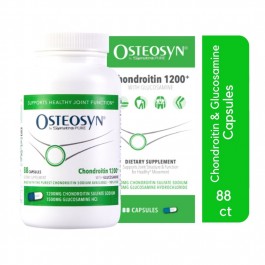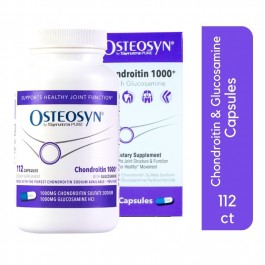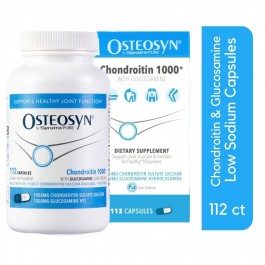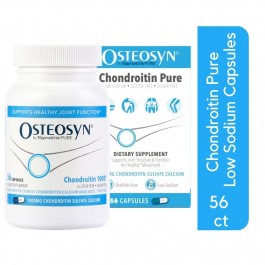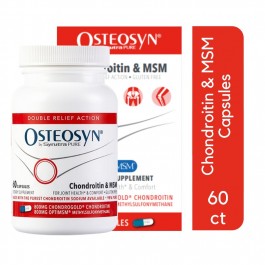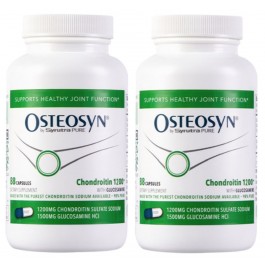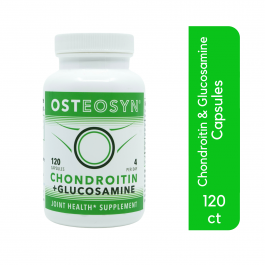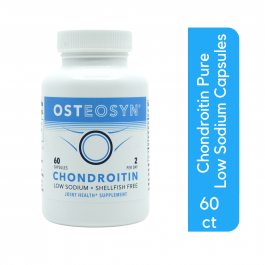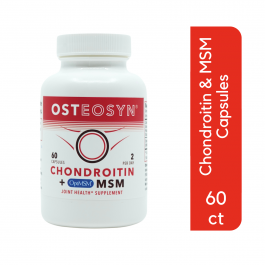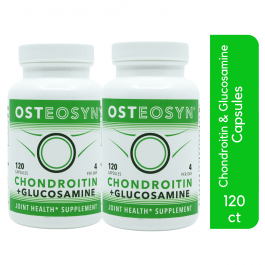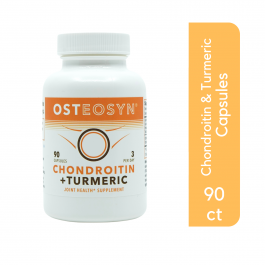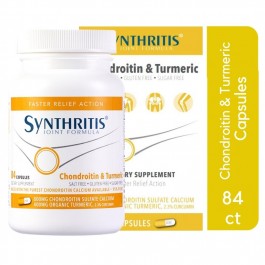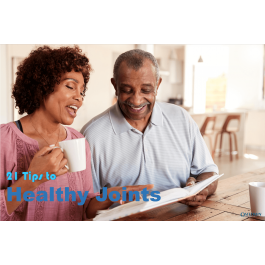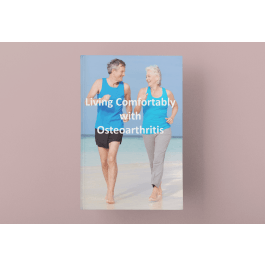Ingredients
Ingredients
How ingredients are handled, bought and sold determines quality.
- Are the supplements you take Purity tested from source to supplement?
For our chondroitin and calcium products, the ingredients are made in a plant we helped design and build. For those we don’t make, we’ve allied with companies like ours, who handle the entire process from raw material to processed ingredient, before sending it directly to the factory where Synutra Pure supplements are made under strict Good Manufacturing Practices as required by FDA. From the first step of processing the raw materials through to when the processed ingredients arrive at the manufacturing facility in the US to be made into the finished supplement, we know exactly where and by whom everything that goes into our products are handled from start to finish.
What the Ingredients Do
Here’s what the ingredients in our joint health supplements do. Because of how the FDA and FTC regulate dietary supplements, what we can put here is limited, but there are links below for more information you may find helpful.
Glucosamine and chondroitin are both structural components of cartilage, which is the tissue that cushions the joints and can begin to break down over time, from certain medical conditions or from vigorous exercise. Both are naturally produced in the body.
Chondroitin sulfate is normally found in joint cartilage around in the body, and is manufactured from animal sources, such as cow, pig or bird cartilage.
Glucosamine sulfate is a naturally occurring chemical found in the human body that is in the fluid around joints. Glucosamine in dietary supplement is usually taken from the shells of shellfish, which is why those with shellfish allergies should avoid it.
Calcium
The mineral calcium, which the body needs to build and maintain strong bones and for other vital functions such as heart rhythm and muscle function, is found in many foods. Calcium in the body is stored in teeth and bones, supporting their structure and hardness.
Additional Resources:
National Institute of Health
Glucosamine and Chondroitin
https://nccih.nih.gov/health/glucosaminechondroitin
Calcium
http://ods.od.nih.gov/factsheets/list-all/Calcium/
WebMD
Collagen One of the three major components of skin along with elastin and glycosaminoglycans. Collagen is a natural type of protein that typically can be seen to make up over 80% of an individual’s skin
Jeffrey Spiegel, MD
“What is Collagen and What Happens to it When We Age?” April 22, 2013
https://www.drspiegel.com/face/what-is-collagen-and-what-happens-to-it-when-we-age/
MSM (methylsulfonylmethane) A small and naturally occuring organosulfur compound which can be formed naturally in the Earth’s sulfur cycle. Since naturally occurring levels of MSM in things like fruits, vegetables, grains and milk are fairly low, commercially available MSM is made in a reaction that mimics the atmospheric process in which it creates an MSM molecule identical to those found in nature. The MSM we use, OptiMSM®, is produced by Bergstrom Nutrition, the leading experts in MSM. https://optimsm.com/science/
About MSM 2019
MSM Guide
https://msmguide.com/about-msm/
Pomegranate Extract Researched for its antioxidant properties along with its potential impact on the glycation of collagen in the body and how it can potentially inhibit this collagen glycation.
Basiri, Shadi.
“Evaluation of antioxidant and antiradical properties of Pomegranate (Punica granatum L.) seed and defatted seed extracts.” Journal of food science and technology vol. 52,2 (2015): 1117-23. doi:10.1007/s13197-013-1102-z
https://www.ncbi.nlm.nih.gov/pmc/articles/PMC4325071/
Ang Cai, Weixi Liu, George W. Dombi, Hang Ma, Joel A. Dain, Navindra P. Seeram
“Pomegranate phenolics inhibit type I collagen cross-linking induced by glycative stress”
University of Rhode Island
Turmeric (and active compound Curcumin) The extract that we use in our formulation was chosen due to its full spectrum, meaning that the full set of curcuminoids found in the turmeric rhizome are still in there. Since curcumin only makes up on average 77% of the curcuminoid content, the difference is made up by the rest of the naturally occurring curcuminoids found in turmeric such as demethoxycurcumin and bisdemethoxycurcumin.
Lauren Martin, MS, CNS, Corey Schuler, RN, MS, CNS, DC
“TURMERIC, CURCUMINOIDS, AND CURCUMIN DEFINED” Sep. 1, 2016
Integrative Therapeutics
https://www.integrativepro.com/Resources/Integrative-Blog/2016/Turmeric-Curcuminoids-Curcumin-Defined

